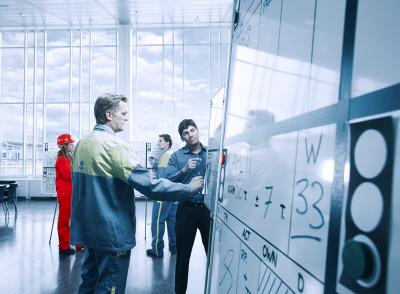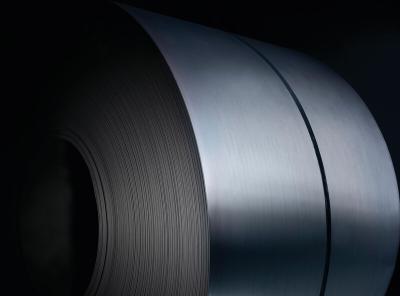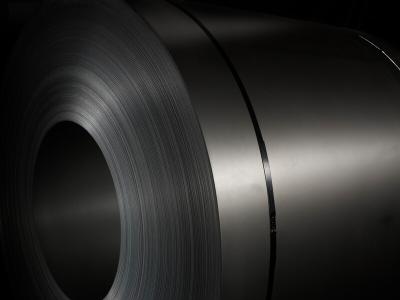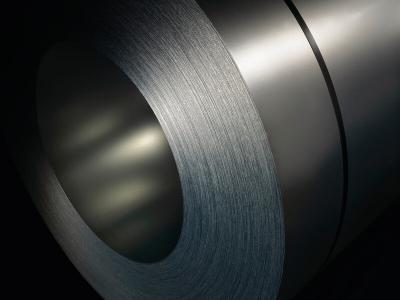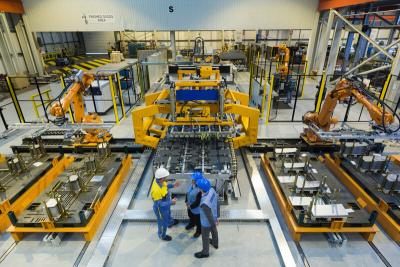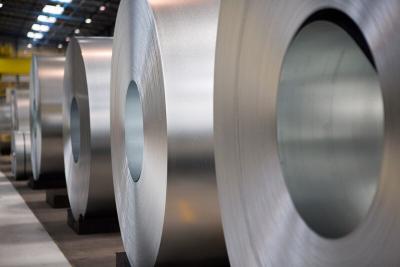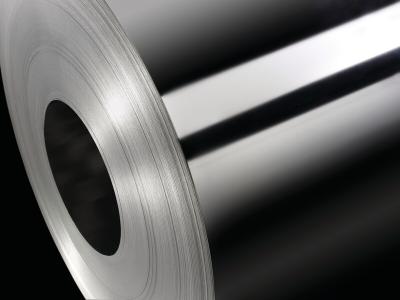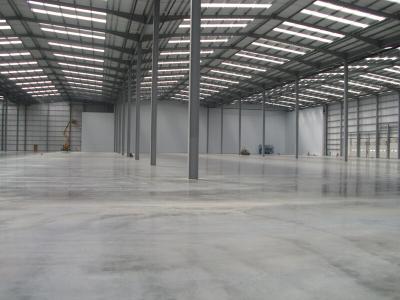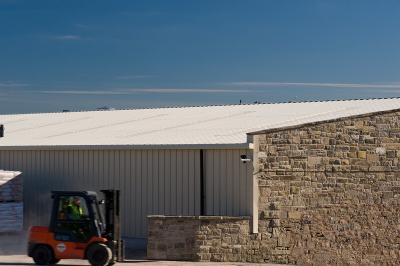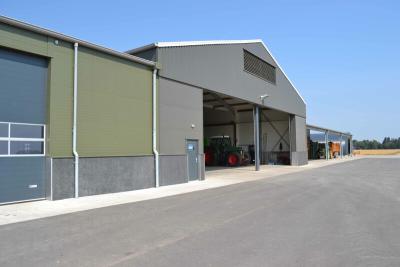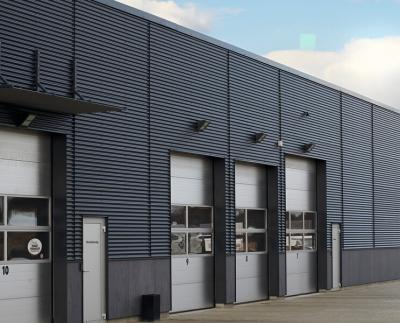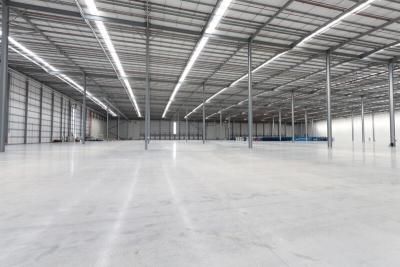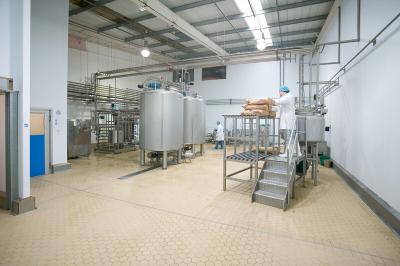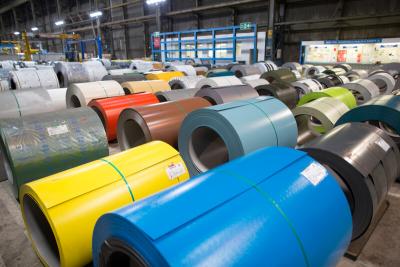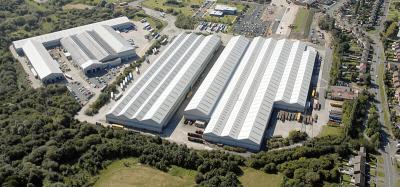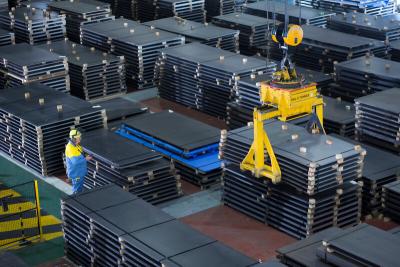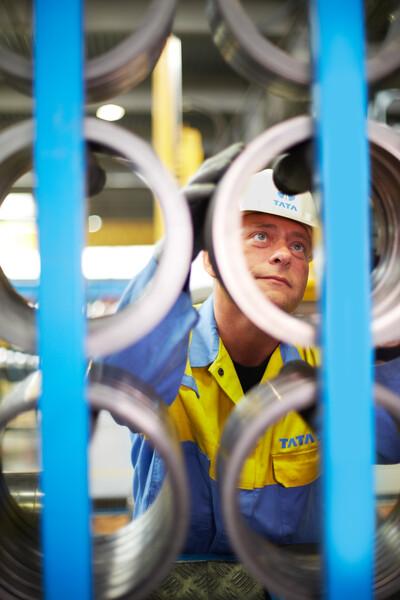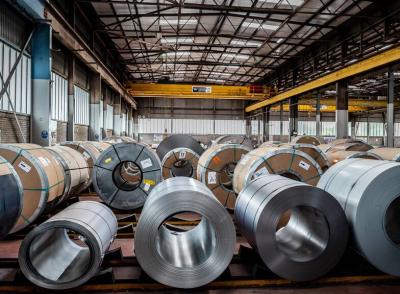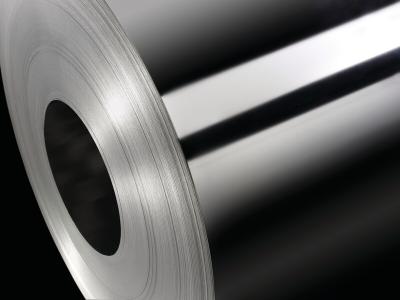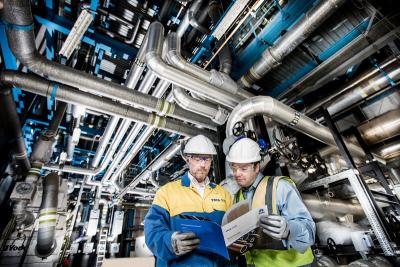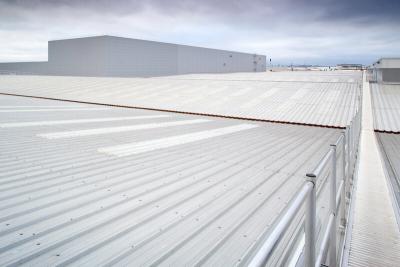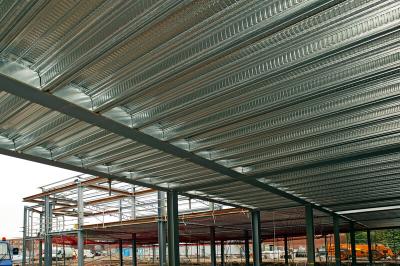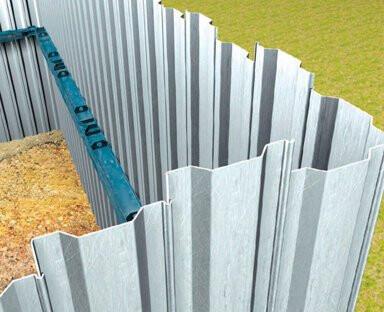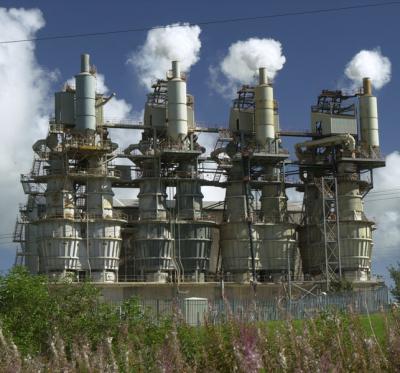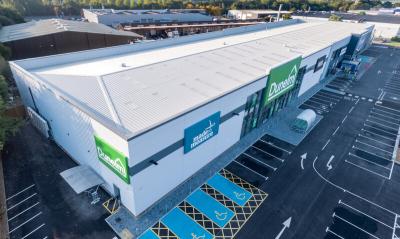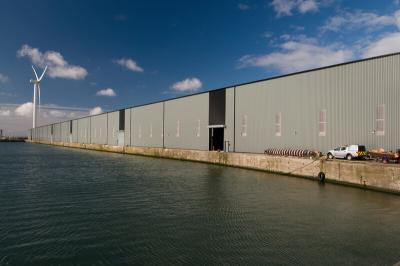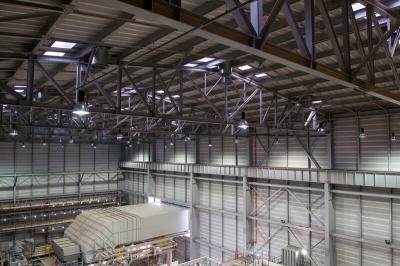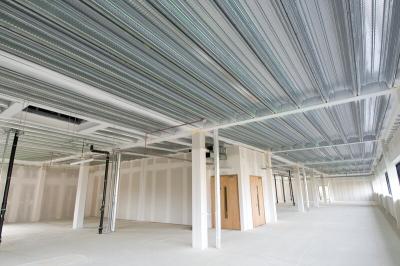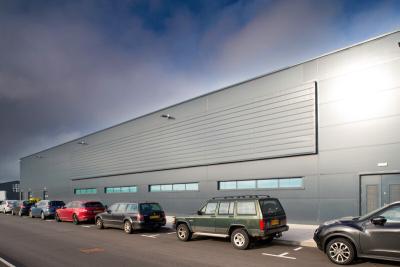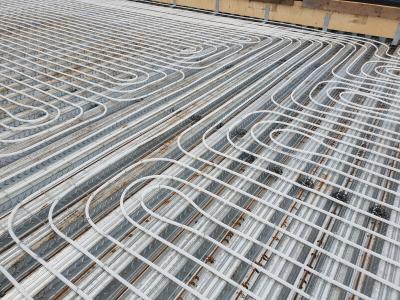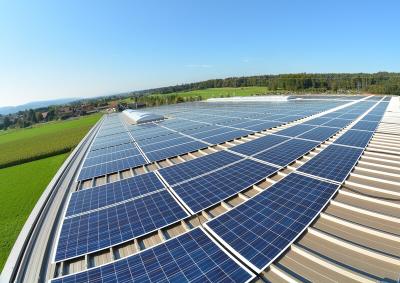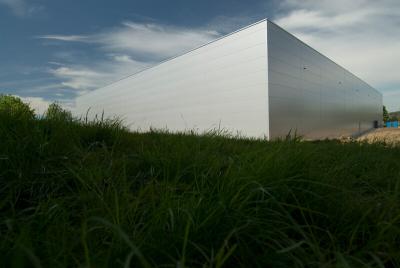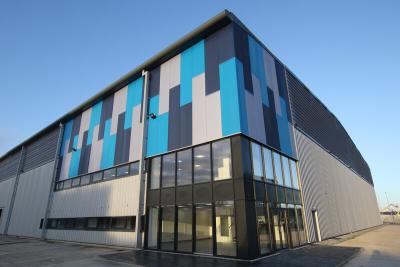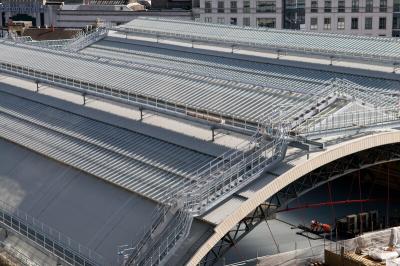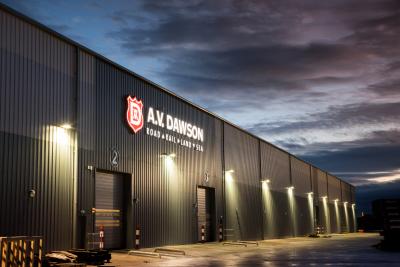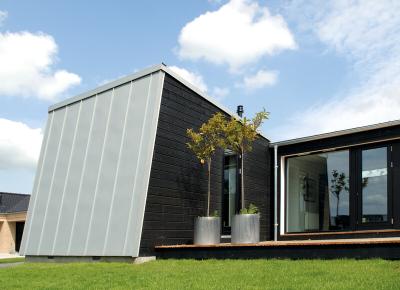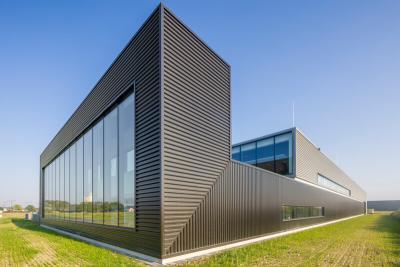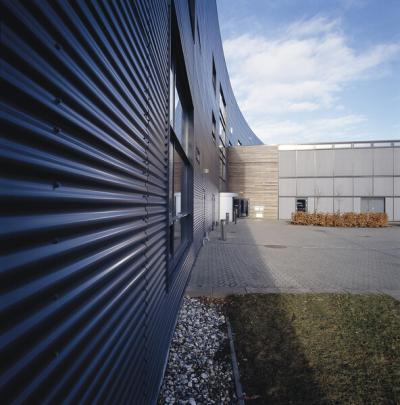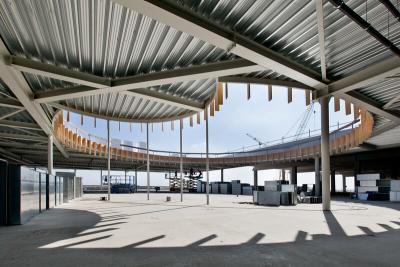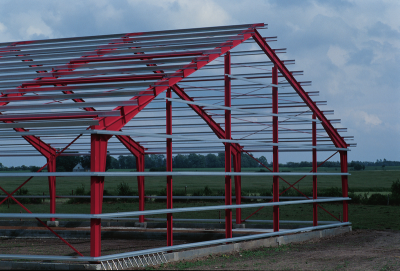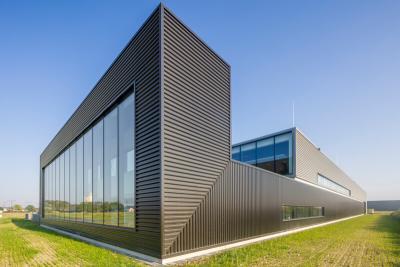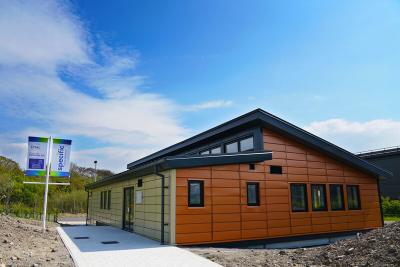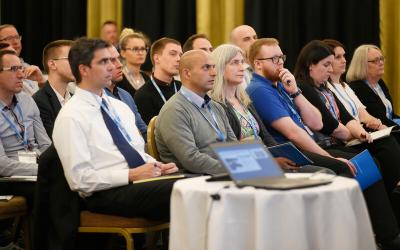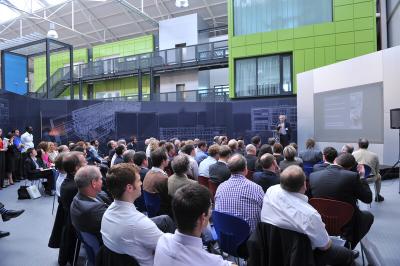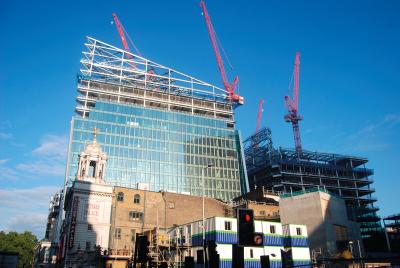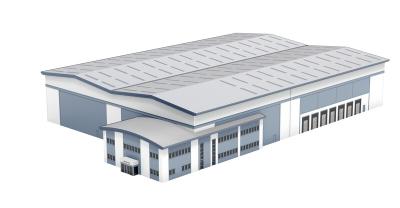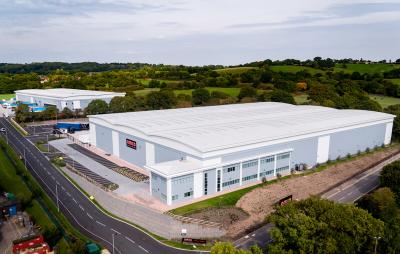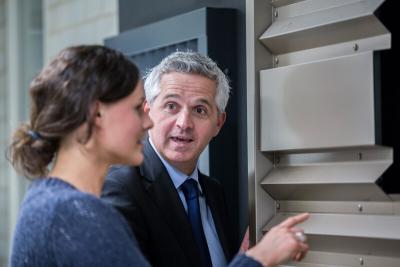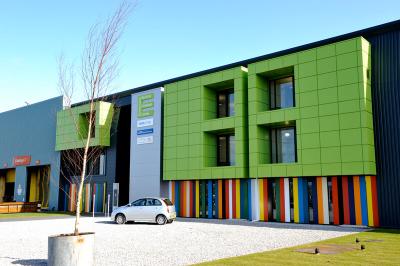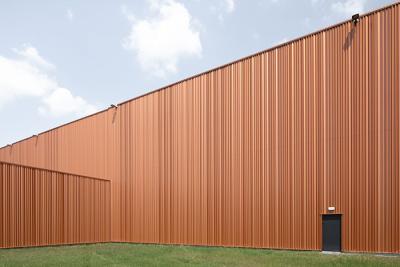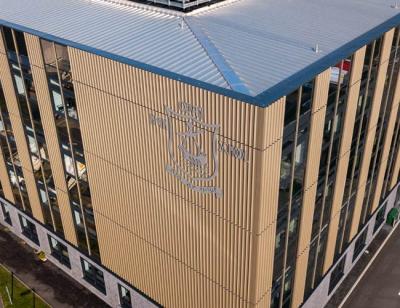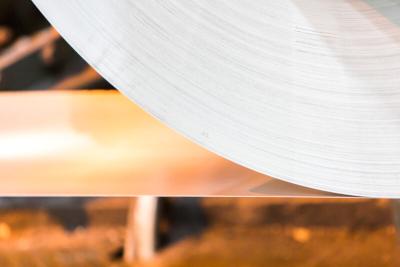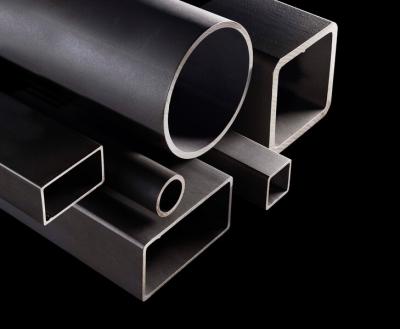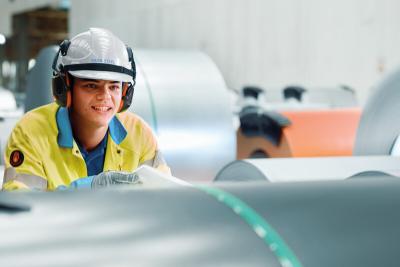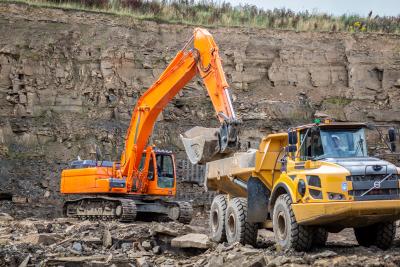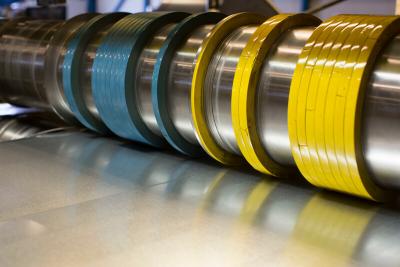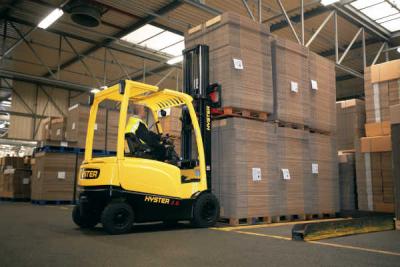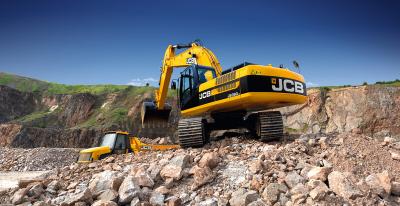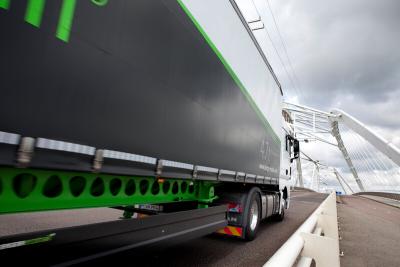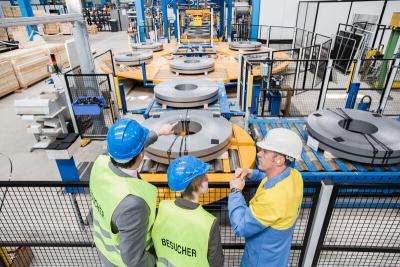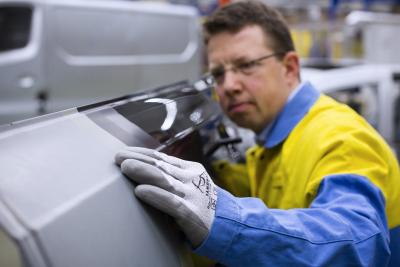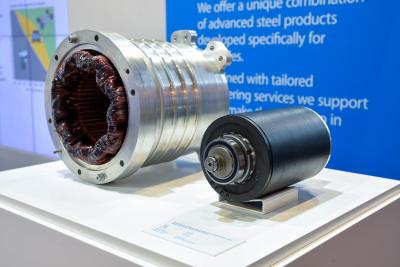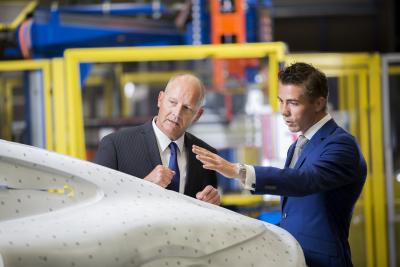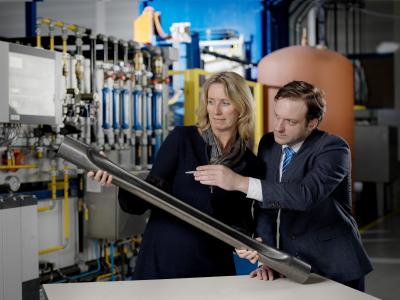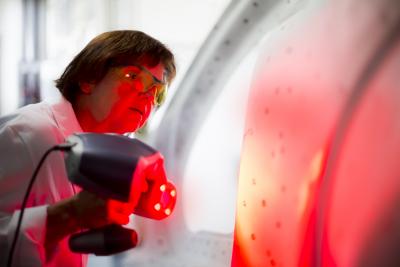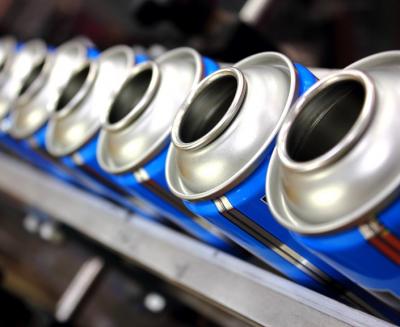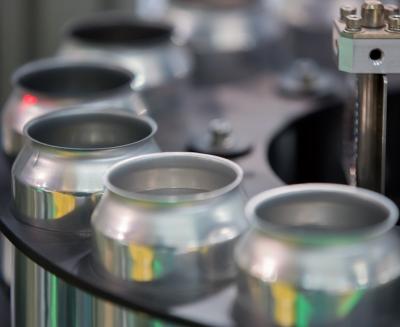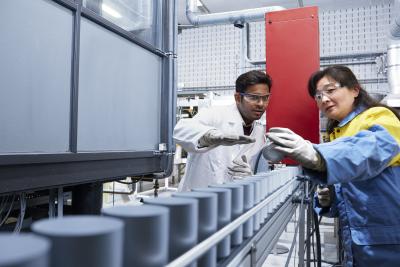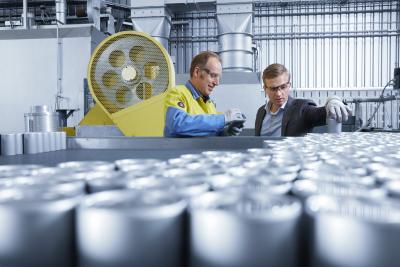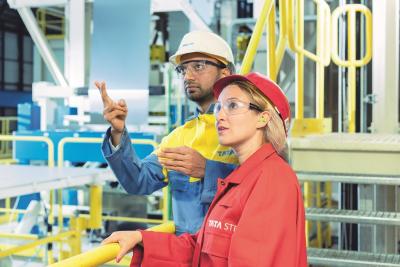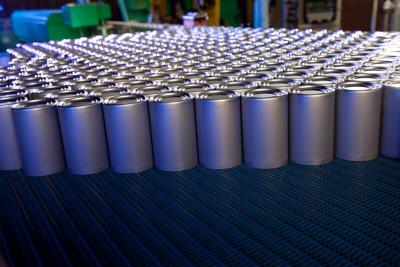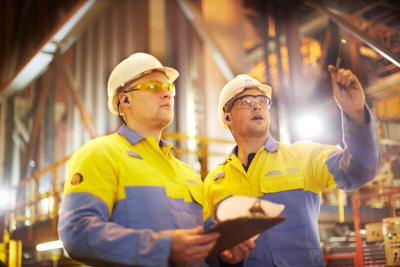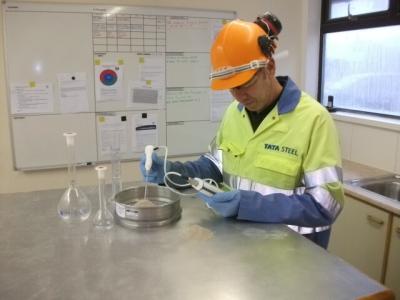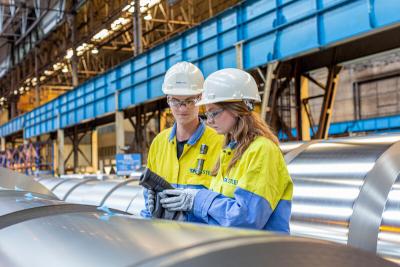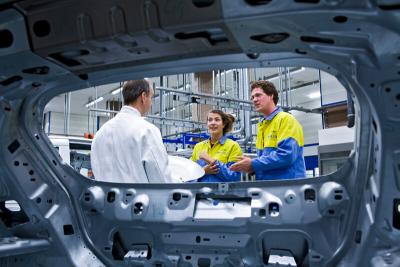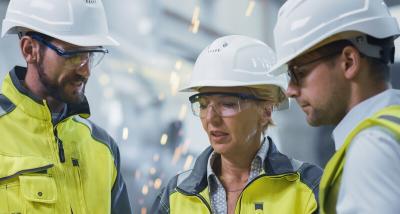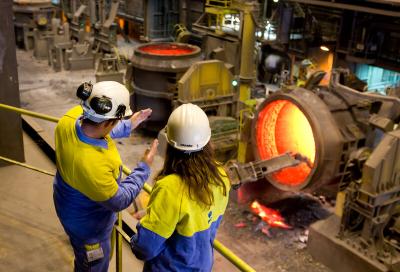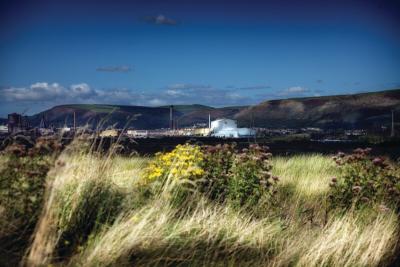The UK Government has announced its 'plan for steel' to support the sector, to best exploit available opportunities, and to deliver long-term growth.
Only days after the US announced tariffs on steel and aluminium, Secretary of State for Business and Trade, Jonathan Reynolds MP launched the Plan for Steel. He said::
Steel is critical to the modern economy, and the economy of the future.
The central mission of this government is growth. Steel can, and will, have an enormous role to play in driving that growth. As well as supporting our mission of making the UK a clean energy superpower, steel is a fundamental component in activities such as the construction of wind turbines, manufacturing the next generation of electric or autonomous vehicles, or building the infrastructure needed to sustain our digital economy.
Whether in the skyline of buildings in our cities, the train lines that bring us closer together, or the pylons and pipes that sustain our modern way of life – you can see how widely steel is used.
As we manufacture, using steel, we can generate jobs, innovate new products, create trading opportunities and support an enormous range of our manufacturing base which is critical to the economic growth of this country. This is the case in the growth markets identified in the industrial strategy, where we have the greatest possible opportunities to drive economic growth. Particularly in advanced manufacturing, clean energy industries and defence. For example, it is estimated that offshore wind alone will require 25 million tonnes of steel – primarily plate steel – out to 2050. This represents a potential £21 billion market for UK steel.
Steel is a fundamental component in activities such as the construction of wind turbines, manufacturing the next generation of electric or autonomous vehicles, or building the infrastructure needed to sustain our digital economy
The government has committed to delivering 1.5 million homes over this parliament. This too will accelerate the use of industrialised construction and offer new demand for steel providing opportunities to the industry.
We must seize on these growth opportunities. Both to ensure a thriving and long-term future for the steel sector and to best support the wider ambitions for our manufacturing capabilities as a nation.
The UK has unique advantages that the steel sector can capitalise on.
With an increasingly decarbonised electricity supply, and increased use of scrap steel in production, the UK industry is well-positioned to be at the forefront of the global transition to green steel. We should be able to capture a share of the growing market for low-carbon products and can continue to champion decarbonisation without deindustrialisation. At the same time, our world-leading research and development capabilities offer opportunities to specialise and innovate.
With an increasingly decarbonised electricity supply, and increased use of scrap steel in production, the UK industry is well-positioned to be at the forefront of the global transition to green steel.
Despite the complex international environment, I believe that we can create a vibrant steel sector in the UK and the steel strategy will help to deliver this goal. It will bring together action from across government to establish a clear plan to attract new investment and create a productive, competitive business environment.
But growth and delivering the steel sector that the UK is capable of cannot be achieved by government alone.
While we work at speed to bring together policies and financial support that help move the sector into a brighter future, it is those who drive the industry of the day – investors, businesses, wider experts, workers and the communities that surround them – that will:
- inform which goals should be prioritised
- identify where support should be targeted
- implement the necessary changes
That is the purpose of this consultation, to seek the views of those closest to the real needs of the sector.
The steel strategy – the plan for steel – will need to go beyond words and implementing it must achieve real change so that we can have a thriving and competitive steel industry, which in turn will contribute to wider economic growth and high-quality jobs. Achieving this needs everyone to play their part.
I urge you to help us deliver this by responding to the questions set out in this consultation.
With these insights in hand, and the support of our partners in the steel sector, we will publish the plan for steel in spring 2025.
Tata Steel's own policy asks are set out here: tata-steel-uk-briefing-challenges-and-opportunies-for-decarbonising.pdf

The Executive Summary of the plan for steel explained:
Steel is essential for a modern economy, underpinning many sectors, from construction to advanced manufacturing.
As sectors such as advanced manufacturing or clean energy industries grow, real opportunities exist to build a thriving steel sector that is an important part of the supply chain for a wide range of economic opportunities. Action is required to best position the industry to exploit these opportunities.
The plan for steel will be our plan to support the sector to best exploit available opportunities to deliver long-term growth. It will be pursued in alignment with wider priorities, including the trade strategy, strategic defence review and Invest 2035, the upcoming industrial strategy.
The intention is that the steel strategy will establish a clear and ambitious long-term vision for the steel industry and set out the actions needed to get there. It will articulate what is needed to create a competitive business environment in the UK with the aim of attracting new private investment to expand UK steelmaking capability.
To support this the government has committed up to £2.5 billion through the National Wealth Fund (NWF) and other routes. This is in addition to the existing £500 million investment in the building of an electric arc furnace (EAF) at Tata Steel UK’s Port Talbot site.
In developing the strategy, we are exploring opportunities and challenges which could have the biggest impacts for our steel industry, including:
- financial support – identifying support for investment opportunities to support the steel sector through up to £2.5 billion of funding and finance
- primary production – assessing the viability of technologies for the production of primary steel, including direct reduced iron (DRI), with a commissioned independent review delivered by the Materials Processing Institute
identifying future market opportunities – improving understanding of the future demand for steel and the opportunities for investment in increased steelmaking capabilities - stimulating demand for domestically produced steel – exploring opportunities to best position the UK sector for success in bidding for, and securing, UK contracts across the public and private sectors
- timely availability of suitable sites – how to mitigate and support companies to overcome barriers to investment
- scrap – how to best use and improve the UK’s capability in scrap metal processing, in light of the transition to EAFs
- trade and overcapacity in global markets – how to protect the sector against risks posed by fragmentation and countries engaging in unfair trading practices, how to respond to the challenges presented by overcapacity in the global market and the international responses to this problem, and how to provide a fair and level playing field while balancing the needs of the UK steel sector
- electricity prices – understanding the influence of electricity prices on the competitiveness of the steel sector in the future
- green steel – how the sector should continue to play a role in the UK’s decarbonisation mission, whilst ensuring that decarbonisation does not mean deindustrialisation
- carbon leakage – how to best prevent carbon leakage
- research, development and innovation (RDI) – how to best use the UK’s world-leading research and development capabilities to benefit the steel sector
- workforce and skills – how to ensure the sector can attract and retain talent with the right skills






